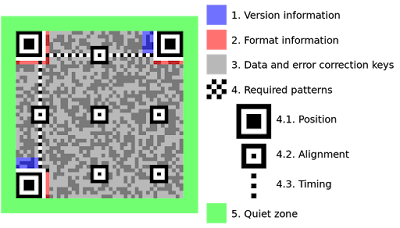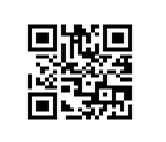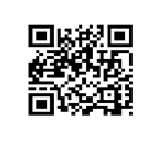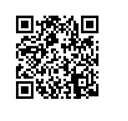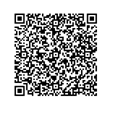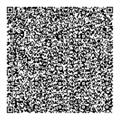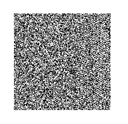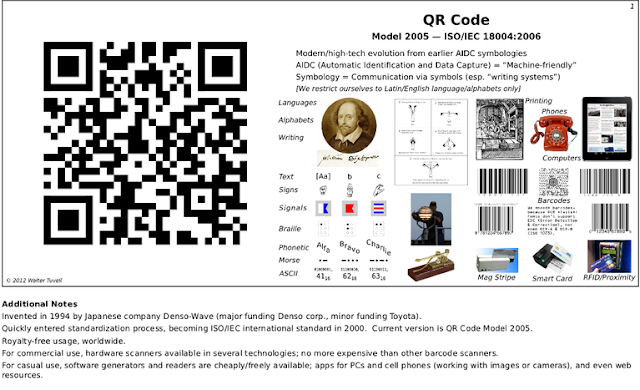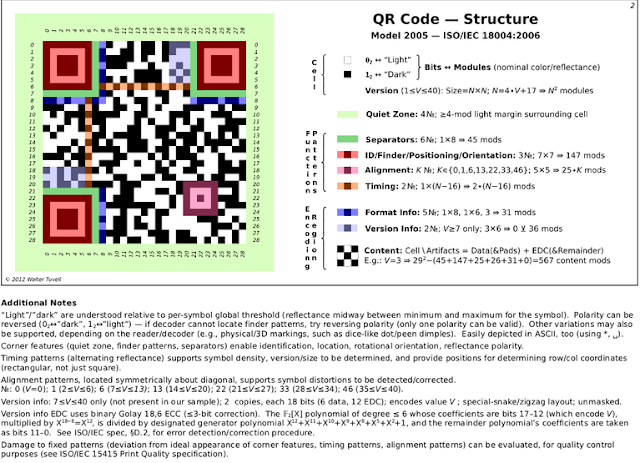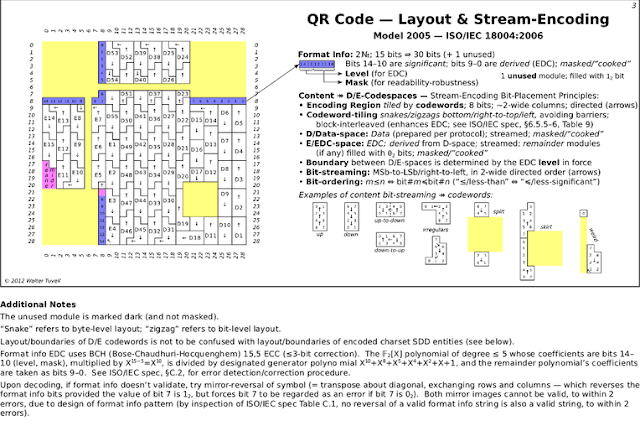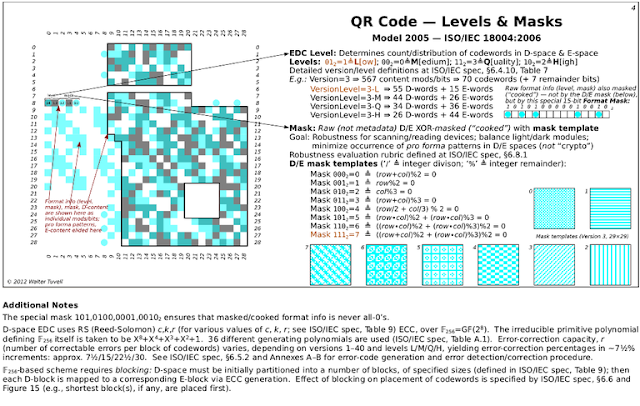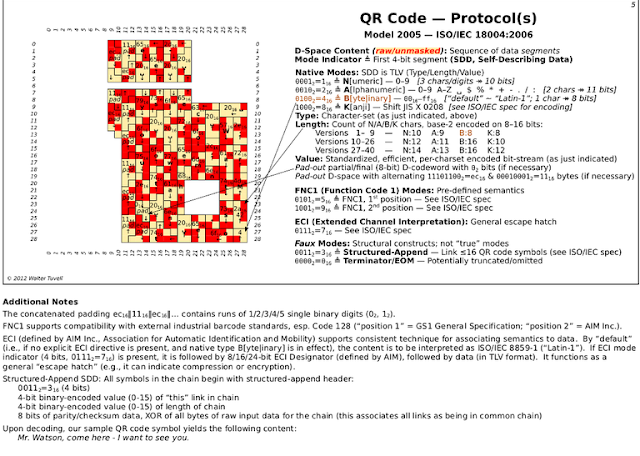Indian Barcode Corporation guide about QR Code,its uses,Future Scopes and How you or your Application can read QR Codes

Understood the QR Code, its uses , Future Scopes and How you or your Application can read QR Codes?
QR code (abbreviated from Quick Response Code) is the trademark for a type of matrix barcode (or two-dimensional barcode) first designed for the automotive industry in Japan.
The QR code system was invented in 1994 by Denso Wave. Its purpose was to track vehicles during manufacture; it was designed to allow high-speed component scanning.
Understand the Stranded of QR Code
Uses:
QR codes have become common in consumer advertising. Typically, a smart-phone is used as a QR code scanner, displaying the code and converting it to some useful form
• Mobile operating systems: Many paid or free apps are available with the ability to scan the codes and hard-link to an external URL.
• URLS: URLs aided marketing conversion rates even in the pre-Smartphone era, but during those years faced several limitations: ad viewers usually had to type the URL and often did not have a web browser in front of them when they first viewed the ads.
• Virtual stores: Mobile users scanned a QR code or a barcode and reach to Store to buy or Window shopping.
• Code payments: QR codes can be used to store bank account information or credit card information, or they can be specifically designed to work with particular payment provider applications.
• Website login: QR codes can be used to log in into websites: a QR Code is shown on the login page on a computer screen, and when a registered user scans it with a verified Smartphone, they will automatically be logged in.
• Encryption: Encrypted QR codes, which are not very common, have a few implementations. An Android app, for example, manages encryption and decryption of QR codes using the DES algorithm.
• Storage: The amount of data that can be stored in the QR code symbol depends on the data-type, version and error correction level. The maximum storage capacities occur for 40-L symbols.
Find Version of QR Code: First of All you or your application must know the version of QR code before read it.
Version 1 (21×21). Content:"Ver1"
Version 2 (25×25). Content: "Version 2"
Version 3 (29×29). Content: "Version 3 QR Code"
Version 4 (33×33). Content: "Version 4 QR Code, up to 50 char"
Version 10 (57×57). Content: "VERSION 10 QR CODE, UP TO 174 CHAR AT H LEVEL, WITH 57X57 MODULES AND PLENTY OF ERROR CORRECTION TO GO AROUND."
Version 25 (117×117 enlarged to 640x640)
Version 40 (177×177). Content: 1,264 characters of ordinary/ASCII text
Step 2 Error corrections:
Code-words are 8 bits long and use the Reed–Solomon error correction algorithm with four error correction levels. The higher the error correction level, the less storage capacity. The following table lists the approximate error correction capability at each of the four levels:
Level L (Low) 7% of code-words can be restored.
Level M (Medium) 15% of code-words can be restored.
Level Q (Quarterly) 25% of code-words can be restored.
Level H (High) 30% of code-words can be restored.
In larger QR symbols, the message is broken up into several Reed–Solomon code blocks. The block size is chosen so that at most 15 errors can be corrected in each block; this limits the complexity of the decoding algorithm.
Step 3 Encoding
The format information records two things: the error correction level and the mask pattern used for the symbol. Masking is used to break up patterns in the data area that might confuse a scanner, such as large blank areas or misleading features that look like the locator marks.
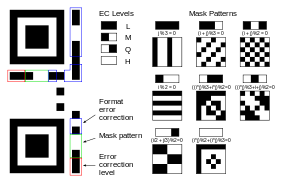 |
Meaning of format information |

Message placement within a QR symbol

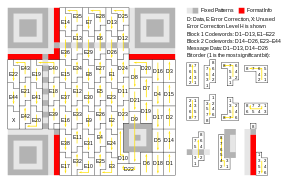 |
|
| Larger symbol illustrating interleaved blocks |
Four-bit indicators are used to select the encoding mode and convey other information. Encoding modes can be mixed as needed within a QR symbol
Encoding modes
Indicator
Meaning
0001
Numeric encoding (10 bits per 3 digits)
0010
Alphanumeric encoding (11 bits per 2 characters)
0100
Byte encoding (8 bits per character)
After every indicator that selects an encoding mode is a length field that tells how many characters are encoded in that mode. The number of bits in the length field depends on the encoding and the symbol version
Encoding
Version 1–9
10–26
27–40
Numeric
10
12
14
Alphanumeric
9
11
13
Byte
8
16
16
Alphanumeric encoding mode stores a message more compactly than the byte mode can, but cannot store lower-case letters and has only a limited selection of punctuation marks, which are sufficient for rudimentary web addresses. Two characters are coded in an 11-bit value by this formula:
V = 45 × C1 + C2
Encoding modes
Indicator
Meaning
0001
Numeric encoding (10 bits per 3 digits)
0010
Alphanumeric encoding (11 bits per 2 characters)
0100
Byte encoding (8 bits per character)
Encoding
Version 1–9
10–26
27–40
Numeric
10
12
14
Alphanumeric
9
11
13
Byte
8
16
16
Alphanumeric character codes
Code
Character
Code
Character
Code
Character
Code
Character
Code
Character
00
0
09
9
18
I
27
R
36
Space
01
1
10
A
19
J
28
S
37
$
02
2
11
B
20
K
29
T
38
%
03
3
12
C
21
L
30
U
39
*
04
4
13
D
22
M
31
V
40
+
05
5
14
E
23
N
32
W
41
–
06
6
15
F
24
O
33
X
42
.
07
7
16
G
25
P
34
Y
43
/
08
8
17
H
26
Q
35
Z
44
:
Alphanumeric character codes
Code
Character
Code
Character
Code
Character
Code
Character
Code
Character
00
0
09
9
18
I
27
R
36
Space
01
1
10
A
19
J
28
S
37
$
02
2
11
B
20
K
29
T
38
%
03
3
12
C
21
L
30
U
39
*
04
4
13
D
22
M
31
V
40
+
05
5
14
E
23
N
32
W
41
–
06
6
15
F
24
O
33
X
42
.
07
7
16
G
25
P
34
Y
43
/
08
8
17
H
26
Q
35
Z
44
:
Decoding example
The following images offer more information about the QR code.
Step: 1 — Introduction
Step 2 — Structure
Step 3 — Layout & Encoding
Step 4 — Levels & Masks
Step 5 — Protocols
If you have any Question Regarding QR Code and Its Scanning , or any type of Suggestions regarding QR Code Products call us: 9717122688 or mail us: gm@indianbarcode.com

